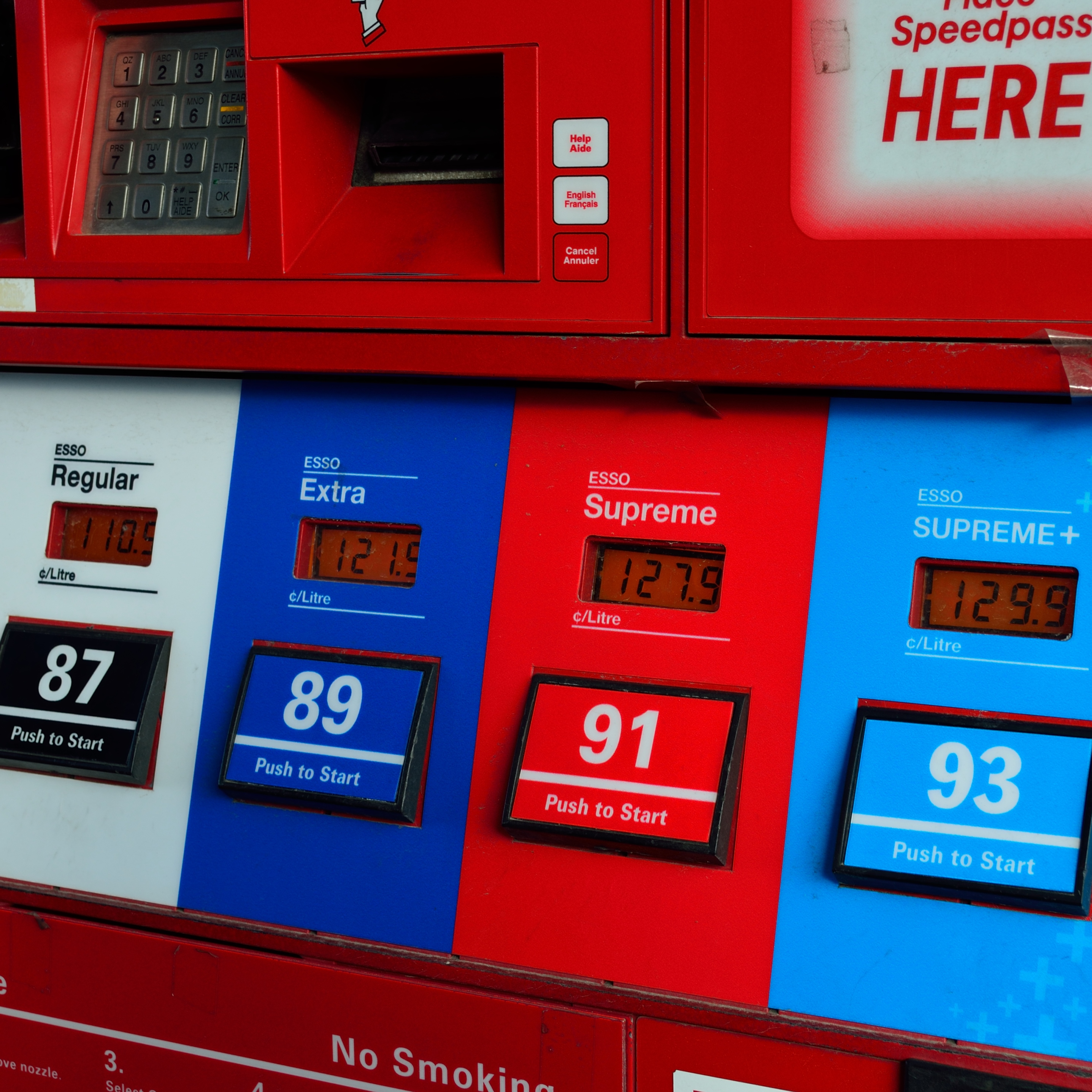
Source: Wikimedia Commons
The national average this morning was $2.455, up from $2.449 last week but down nearly nine cents a gallon compared with the month ago price.
Gasoline inventories fell by 5.5 million barrels last week, according to U.S. Energy Information Administration (EIA) data, and refiners were utilizing more capacity than in the prior week. Refineries in the Midwest have been shut down for maintenance, however, and inventories in the Great Lakes region hit two-year lows. All things equal, once refineries are fully operational again, prices should begin slipping lower again.
Patrick DeHaan, head of petroleum analysis at GasBuddy, said:
Oil prices have rebounded in the last week, led higher by geopolitical tensions and declining inventories, leading gasoline prices in some parts of the country to make an unseasonable move higher. As refineries continue autumn maintenance, we may continue to see gasoline inventories under pressure, with a mixed bag of increases and decreases in the weeks ahead until the conclusion of such maintenance. Meanwhile, exports of crude oil and refined products continue to hit record levels, also weighing on markets. Without the ability to export crude oil, inventories in the U.S. would have continued to increase, keeping pressure on oil prices, but without such protection, oil is flowing out of the U.S. at record pace.
The national average could continue climbing this week as the state of California is set to raise its gasoline and diesel fuel taxes by 12 cents and 22 cents, respectively, beginning at midnight November 1. California’s gas tax will rise to almost 55 cents a gallon, second only to Pennsylvania’s tax on gas.
States where prices moved most last week were: Michigan (down 10 cents); Indiana (up eight cents); Illinois and Missouri (up seven cents); West Virginia (up five cents); and Delaware, Oklahoma, Minnesota, Ohio and Pennsylvania (up four cents).
States with the lowest average prices last week included Mississippi ($2.18); Alabama ($2.19); South Carolina ($2.21); Arkansas ($2.22); Tennessee and Louisiana ($2.23); Texas ($2.24); Missouri ($2.26); Virginia ($2.28); and Oklahoma ($2.28).
The highest average prices per gallon last week were reported from Hawaii ($3.12); California and Alaska ($3.07); Washington ($2.87); Nevada ($2.81); Oregon ($2.71); Connecticut ($2.71); Pennsylvania ($2.69); New York ($2.65); and Idaho ($2.62).
West Texas Intermediate (WTI) crude oil for December delivery traded up less than 0.1% Monday morning at $53.87. The price differential (spread) between WTI and Brent crude is now around $6.50 a barrel. That indicates that WTI export quantities could remain at recent highs and perhaps go even higher, putting more upward pressure on U.S. pump prices.
Essential Tips for Investing: Sponsored
A financial advisor can help you understand the advantages and disadvantages of investment properties. Finding a qualified financial advisor doesn’t have to be hard. SmartAsset’s free tool matches you with up to three financial advisors who serve your area, and you can interview your advisor matches at no cost to decide which one is right for you. If you’re ready to find an advisor who can help you achieve your financial goals, get started now.
Investing in real estate can diversify your portfolio. But expanding your horizons may add additional costs. If you’re an investor looking to minimize expenses, consider checking out online brokerages. They often offer low investment fees, helping you maximize your profit.
Thank you for reading! Have some feedback for us?
Contact the 24/7 Wall St. editorial team.
 24/7 Wall St.
24/7 Wall St.

